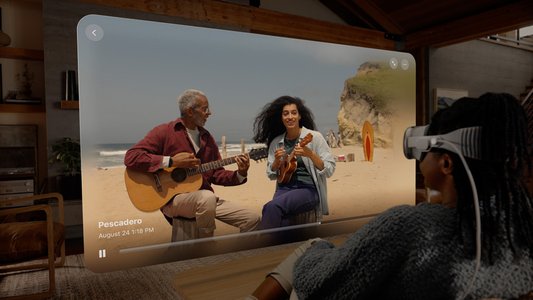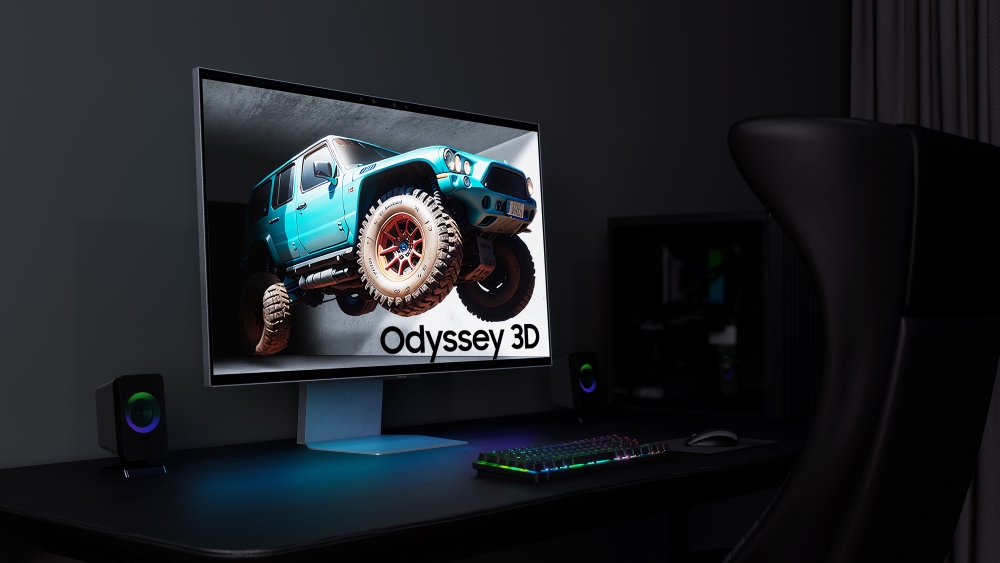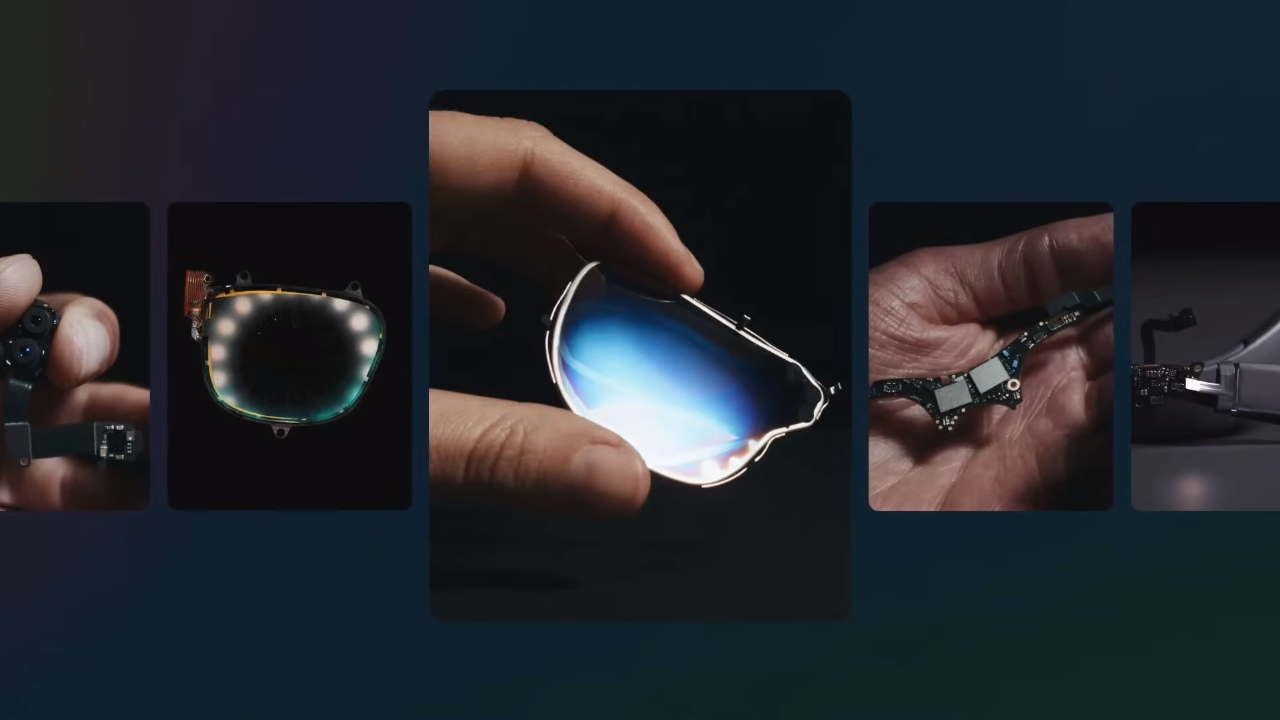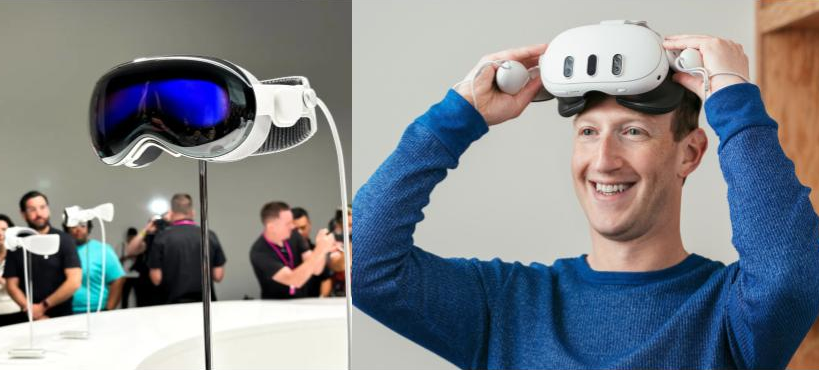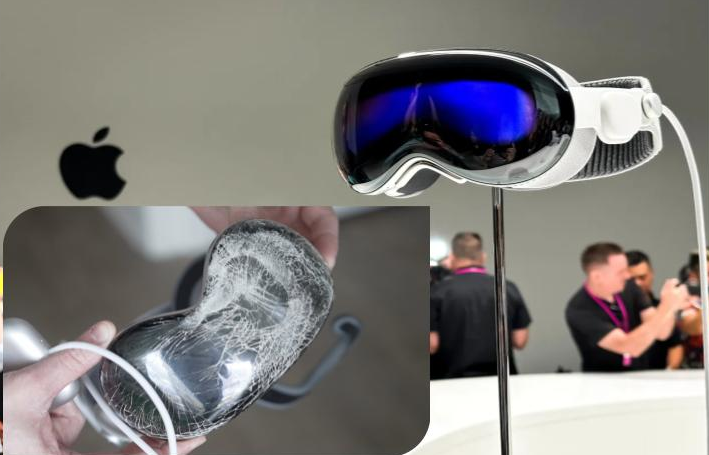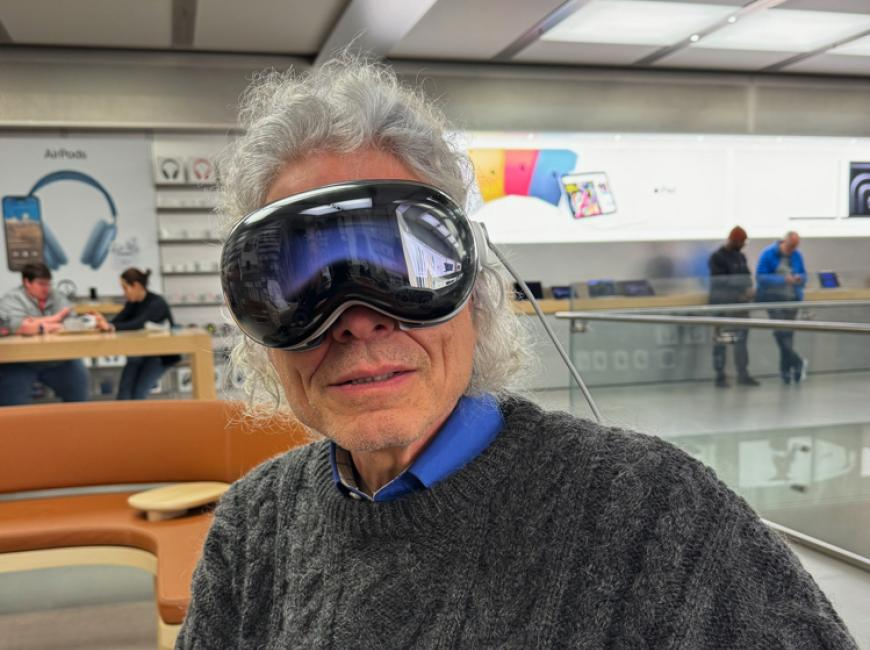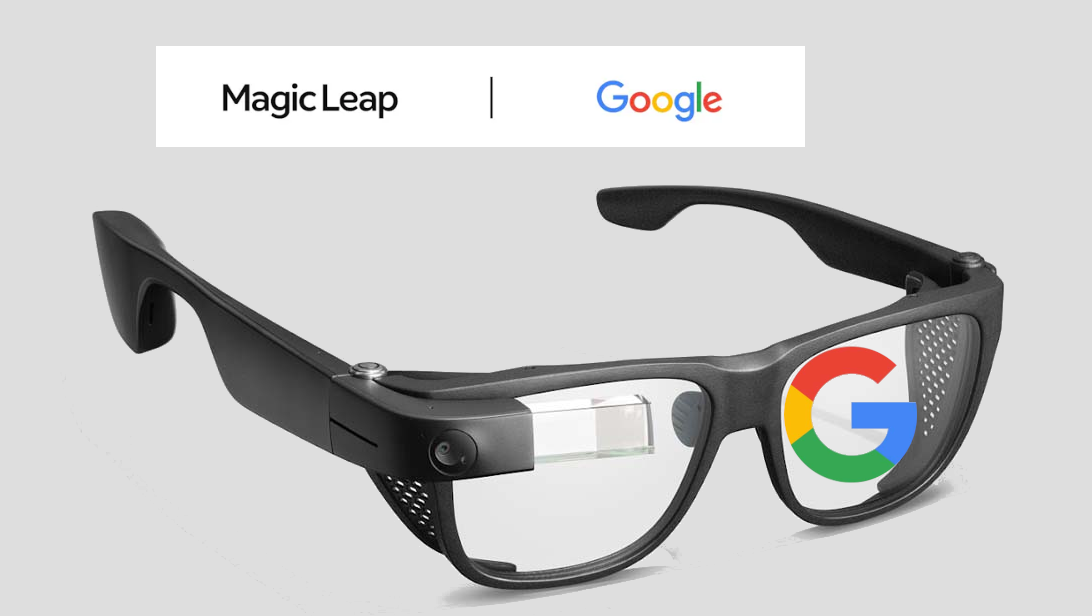Apple did not invent spatial video, but it brought it to the forefront after making it the most exciting feature in Vision Pro, its new headset, which also calls it a spatial computer. Apple has focused on the immersive experience that the user experiences when watching a spatial video; You can walk around the scene and feel like you are within. This takes us back to the year 2009, when the movie Avatar brought 3D video to the forefront and made a major change in the photography and production of 3D films.
What is Spatial Video?
Spatial video is 3D video, but you can move around the scene in several directions: front/behind, right/left, above/below, and it also gives a greater sense of depth. In 3D video, two close-up lenses are used to capture the scene, and thus we get a video for each eye, which gives the impression when showing a video to each eye that the scene is 3D.
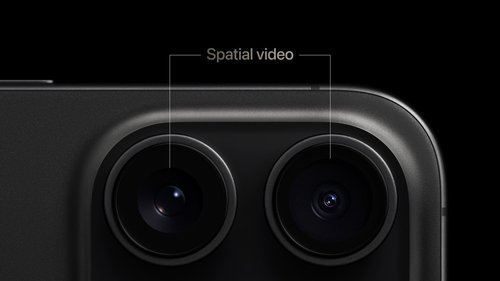
After Apple announced the spatial video feature; It made an update to the iPhone 15 Pro and Pro Max, making it possible to capture spatial video, and it can also be captured with the Vision Pro headset. The iPhone is not designed for this purpose, but it can use the main camera and ultrawide in the landscape orientation to capture the scene from two close angles and at a resolution of 1080 pixels and 30 frames per second.
As for Apple headset, there are a larger number of cameras and depth sensors that attach a map of the depth of the frames, making spatial video more realistic, and the resolution can reach 4K. Therefore, spatial videos captured with the iPhone may not give an immersive feeling like those captured with the headset..
Where is Google on spatial video?
Although spatial video is associated with the Vision Pro headset, it existed before that; In 2017, Google announced the VR180 format for shooting YouTube videos with a 180 viewing angle to be displayed on virtual reality headsets. Apple did not invent a new format, but rather used the MV-HEVC format, which is a standard format that has been around since 2014.
Where is Meta on spatial video?
Meta hastened to update the software of its Quest 3 headset to be able to play spatial video in the MV-HEVC format, making it possible to watch spatial videos captured with the iPhone or Vision Pro on the Quest headsets.
What makes watching spatial videos on Vision Pro impressive?
The advantage is the headset itself. Videos shot with the headset have depth because it can attach images to their true depth, which makes their display seem more realistic. The resolution of the headset screens is the best among all VR/AR headset so far, and this allows for immersive and enjoyable viewing.
In addition, the headset is able to track not only the movement of the head, but also the eyes, which allows to transfer focus point on the video by simply moving the eye, and this feature is not available in other headsets.
Spatial video is an essential part of the next generation of computing, which Tim Cook calls the generation of Spatial Computing.
